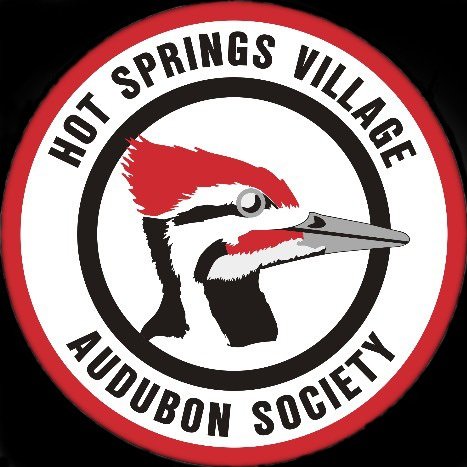Glade restoration in the Ouachita National Forest
By MARY ELIADES, HSV Voice correspondent
FIRST PUBLISHED IN THE MAY 21, 2024, ISSUE OF THE HOT SPRINGS VILLAGE VOICE. REPRINTED WITH PERMISSION.
HSV Audubon members recently had the opportunity to learn all about the importance of glades in forest ecology, when popular speaker Virginia McDaniel of the U.S. Forest Service returned to discuss an ongoing restoration project in the Ouachita National Forest.
McDaniel illustrated her talk with beautiful photos of flowers and other plants that thrive in the forest understory after crucial thinning and burning activities are conducted.
“There is an incredible diversity” in the understory, said McDaniel, “plants and insects, and it is important to bring back these open areas.”
She discussed three facets of understory ecology: trees, fire, and humans.
She told her listeners about a favorite book, “Braiding Sweetgrass: Indigenous Wisdom, Scientific Knowledge and the Teachings of Plants,” by Native American botanist Robin Wall Kimmerer, which illustrates how the blending of scientific studies and indigenous wisdom can lead to a better understanding of our relation to the natural world. “We are a part of nature,” McDaniel said, and have an impact on everything around us.
Between the growth of cities, proliferation of “mono crops,” and suburban lawns, open spaces and native plants are increasingly threatened.
McDaniel quoted from “Braiding Sweetgrass” to illustrate the importance of plants in an ecosystem: “If we use a plant respectfully, it will stay with us and flourish. If we ignore it, it will go away. If you don’t give it respect it will leave us.”
McDaniel’s work with the Forest Service in glade restoration is all about treating native plants respectfully and giving them the opportunity to grow and thrive.
McDaniel, a lively and engaging speaker, explained that a glade is simply “an opening in a wood.” It is NOT a log landing – a place to dump downed trees – or a trash dump.
She discussed the early visit to what would become part of Arkansas by Thomas Nuttall, an English naturalist, who described the plants, peoples, and geography of the area. He described the importance of fire in forest management, and described the area as “open” – with prairies, woodlands, and glades. “Glades were formerly a significant part of the landscape,” said McDaniel.
“There are lots of plants found in glades in the Ouachita National Forest that are found nowhere else in the world,” she added. The Pelton’s rose-gentian is one example that can only be seen in the Middlefork Barrens Natural Area (near Lonsdale) and a few other locations in Arkansas. There are almost 800 species in this area, surviving in harsh conditions – “really wet in the spring and really dry in the summer,” said McDaniel.
Thinning trees to open up a glade is a major part of the Forest Service’s restoration projects, and McDaniel said she has seen “an amazing difference” in the number of plant species that have sprung up in newly opened areas.
McDaniel showed examples of native plants that are returning to restored glades and discussed the importance of host plants to different butterfly species. “Pollinator species are flourishing,” she said.
Invasive plants are a problem – “our problem,” said McDaniel, “because we planted these invasive plants all over the place.” She added, almost as an aside, that she has not seen any non-native plants in the restored areas.
An even more important tool is the strategic use of fire to clear the understory.
“Fire is a maintaining force in ecosystems,” said McDaniel, and “not enough is the problem.” Fire is needed “to maintain herbaceous diversity.”
McDaniel said fire is a “super-hot topic” within the Forest Service right now. Fires burn the leaf litter on the forest floor, exposing seeds and providing nutrients, and increasing plant and insect diversity.
The Forest Service conducts “prescribed burns” – well-planned events that follow strict burn plans, taking into consideration weather conditions, etc.
The Nature Conservancy partners with the Forest Service in glade restoration, and members document and monitor the areas before and after thinning and burning. McDaniel showed a short video about one project and one of the participants said, while discussing the impact of humans on ecosystems, “Glades are one of the ecosystems we have the opportunity to bring back to life.”

